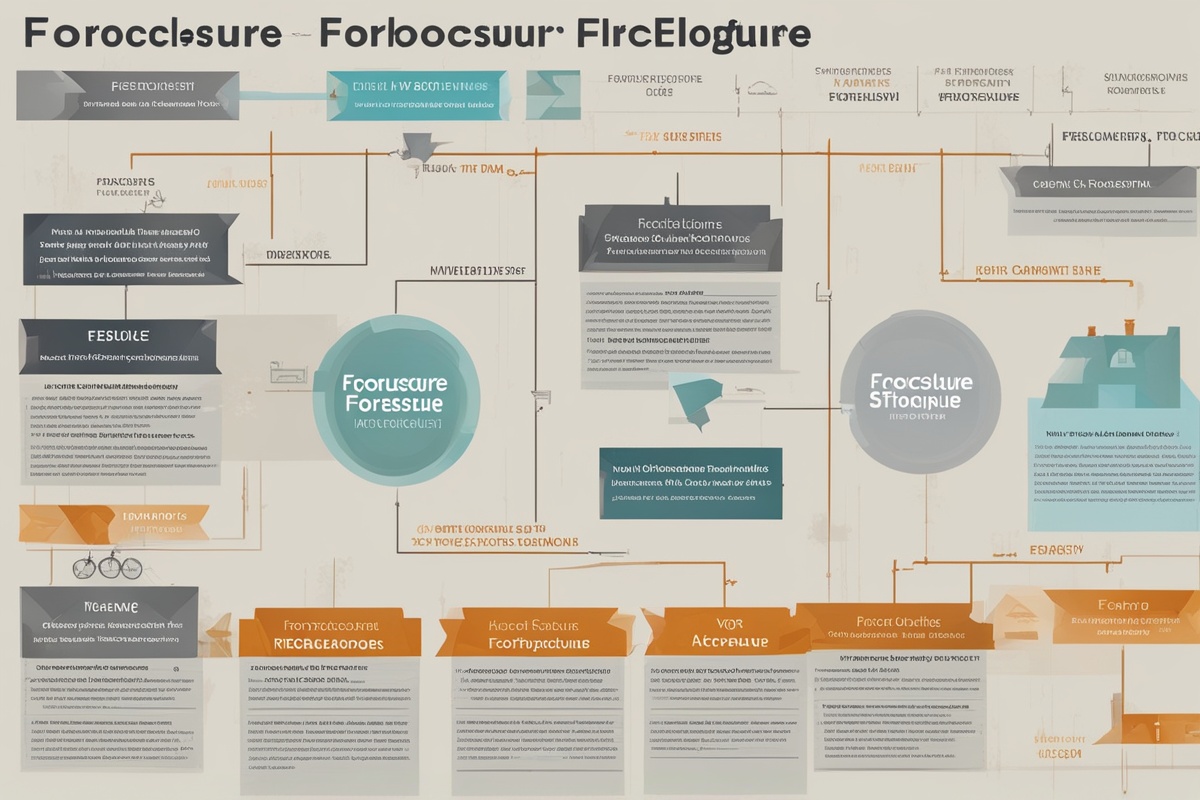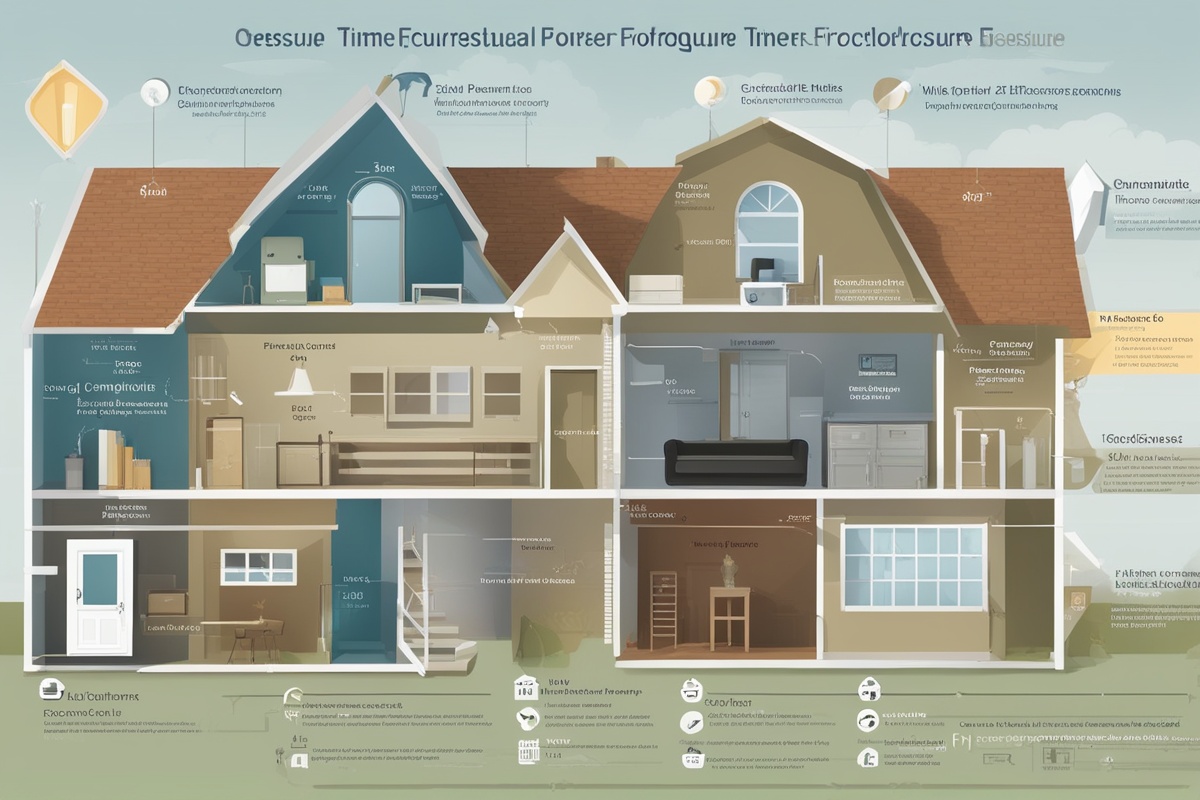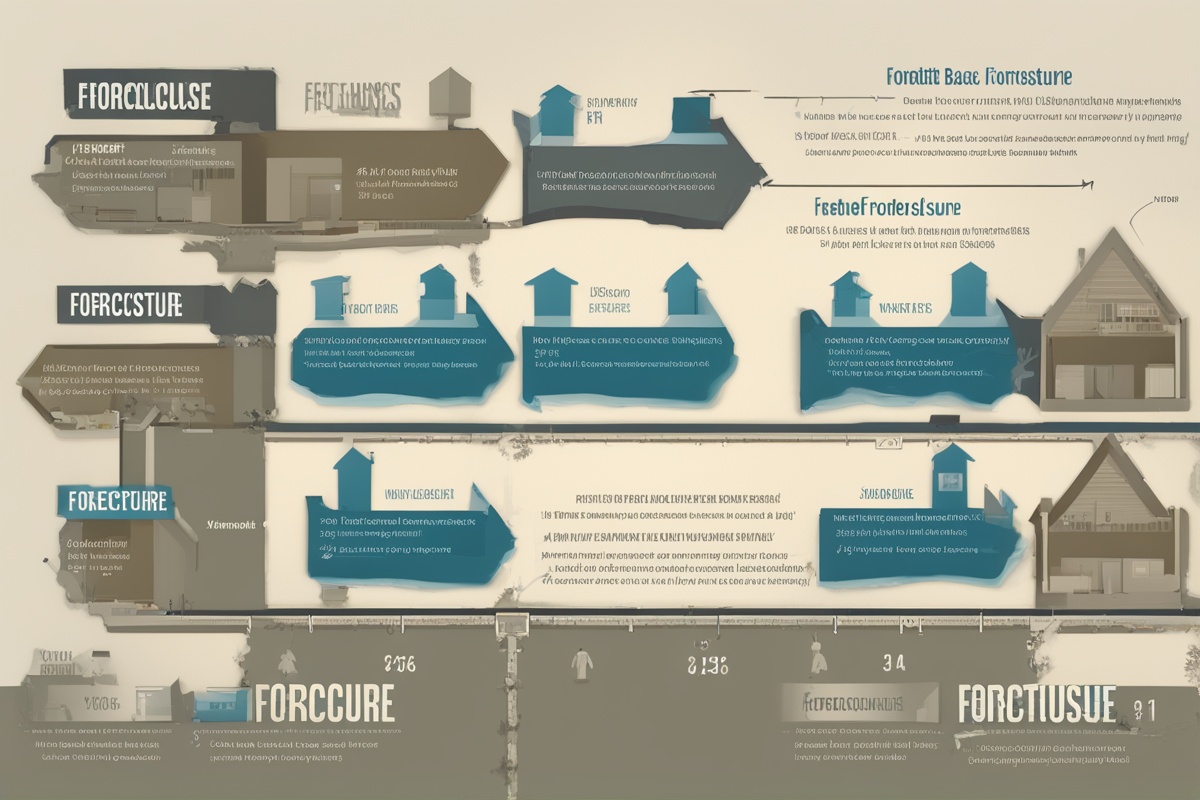Understanding the process of property repossession can be daunting, especially for homeowners facing financial difficulties. The journey through foreclosure or repossession is often complex, involving several critical steps that vary by location and lender policies. This comprehensive guide will walk you through the key stages of property repossession, shedding light on what to expect at each phase and offering insights into how you might navigate or even prevent this challenging situation.
Stage 1: Missed Payments and Initial Notices
The first of the key stages of property repossession begins when a homeowner misses one or more mortgage payments. Lenders typically allow a short grace period, often 15–30 days, before considering a payment delinquent. Once this period passes, the lender will issue a notice of default or a late payment notice. This initial communication serves as a warning, urging the borrower to catch up on payments to avoid further action. At this stage, it’s critical to communicate with your lender to explore options like payment plans or temporary forbearance.
During these early days, the impact on your credit score may be minimal, but ignoring the notices can quickly escalate the situation. If you’re struggling, consider reaching out for financial counseling or exploring resources on managing mortgage debt to prevent further delinquency.
Stage 2: Notice of Default and Acceleration
If missed payments continue—typically after 60–90 days—the lender will file a formal Notice of Default (NOD). This document is a public record in many jurisdictions and marks a significant step in the key stages of property repossession. The NOD signals that the lender intends to accelerate the loan, meaning the full balance of the mortgage becomes due immediately. At this point, the homeowner usually has a limited window, often 30 days, to reinstate the loan by paying the overdue amount plus fees.
This stage is a critical turning point. Failing to act can lead to the next phase of repossession, so it’s vital to seek legal advice or explore alternatives like loan modification. For more information on loan reinstatement, check out our detailed guide on reinstatement options during foreclosure.
Stage 3: Pre-Foreclosure and Loss Mitigation
Following the Notice of Default, the property enters a pre-foreclosure period, which is one of the most actionable key stages of property repossession. During this time, which can last 30–120 days depending on state laws, homeowners have the opportunity to work with their lender on loss mitigation options. These may include loan modifications, short sales, or deeds in lieu of foreclosure, all of which aim to avoid a full repossession.
Homeowners should also be aware that during pre-foreclosure, the lender may schedule a foreclosure sale date. Staying proactive is essential—reach out to housing counselors or review state-specific timelines on our foreclosure laws by state page to understand your rights and deadlines.
Stage 4: Foreclosure Sale or Auction
If no resolution is reached during pre-foreclosure, the property moves to the foreclosure sale or auction stage, a pivotal moment in the key stages of property repossession. The lender will set a date for a public auction, where the property is sold to the highest bidder, often for less than its market value. In some states, this process is judicial, requiring court approval, while in others, it’s non-judicial and handled through a trustee.
At this stage, the homeowner typically loses the right to reinstate the loan, though some jurisdictions offer a redemption period post-sale. Losing a home at auction can be devastating, but understanding the process can help you prepare. For tips on what happens after a foreclosure sale, see our post on post-foreclosure recovery.
Stage 5: Eviction and Post-Foreclosure
The final of the key stages of property repossession occurs after the foreclosure sale. If the homeowner does not voluntarily vacate the property, the new owner—whether the lender or a third-party buyer—will initiate eviction proceedings. This process varies widely by state, with some areas requiring formal court orders and others allowing quicker “cash for keys” arrangements, where the former owner is paid to leave promptly.
Post-foreclosure, the impact on credit can be severe, often lingering for seven years. However, rebuilding is possible. Explore strategies for financial recovery in our guide to rebuilding credit after foreclosure.
Preventing Repossession: Options and Resources
While the key stages of property repossession can seem inevitable once the process starts, there are ways to halt or delay it at almost every step. Early intervention is key—contacting your lender to negotiate a forbearance or modification can stop the process before it escalates. Government programs, such as those offered by the U.S. Department of Housing and Urban Development (HUD), also provide counseling and assistance for struggling homeowners.
Additionally, understanding local laws and timelines can empower you to take control. Some states offer mediation programs or extended redemption periods, giving you more time to find a solution. Stay informed, seek professional help, and don’t hesitate to act quickly to protect your home.
Disclaimer: The information provided in this article is for general informational purposes only and should not be considered legal or financial advice. Property repossession laws and processes vary by state and country, and individual circumstances may differ. Always consult with a qualified attorney, financial advisor, or housing counselor before making decisions related to foreclosure or property repossession. We are not responsible for any actions taken based on the content of this post.
References
- U.S. Department of Housing and Urban Development (HUD) – Avoiding Foreclosure
- Consumer Financial Protection Bureau (CFPB) – What is Foreclosure?
- Nolo – Understanding the Foreclosure Process
- Federal Reserve – Foreclosure Resources for Consumers
- Fannie Mae – Foreclosure Prevention Options
This content is for informational purposes only and not a substitute for professional advice.





